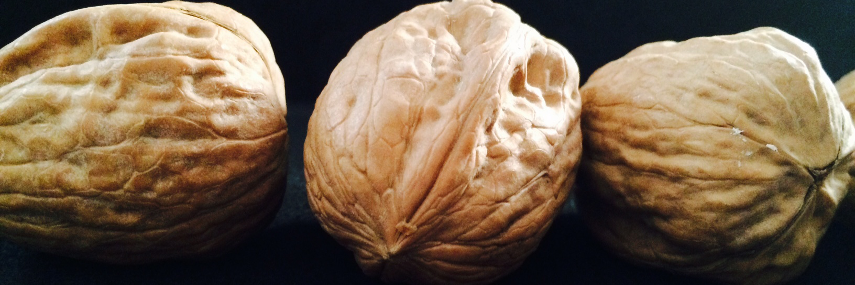
Primary sources, as the authors of Primary Sources at Yale define them, provide “first-hand testimony or direct evidence concerning a topic under investigation . . . [and are] created by witnesses or recorders who experienced the events or conditions being documented.” In other words, they are the raw materials -- as opposed to the products – of research.
The core mission of most libraries is to make the products of current scholarship and scientific research available to constituents, CRL’s historically contrarian bent [see "The Power of Negative Thinking") has led us down a different path: our mission is to ensure the survival and integrity of important documentation and evidence produced outside the academy.
These are the basic building blocks of academic research. Newspapers (“the first, rough draft of history”), the archives and publications of governments and NGOs, political ephemera, and the literature of finance, trade and industry all fall into this category of evidence. Producers of these kinds of materials play by a different set of rules than scholarly publishers. Because newspaper publishers, broadcasters, governments, NGOs, and the financial industry view academia as a secondary constituency (at best), primary sources pose special challenges for libraries. The important materials are not easy to identify amidst the vast oceans of content, and once identified they can be difficult and costly to acquire.
For this reason CRL has always focused its collecting on primary sources. In fact the first joint investment CRL’s founding universities made, in 1951, was the purchase of subscriptions to “little-used foreign newspapers.” The return on that investment is the detailed journalistic record we have today of life in Latin America, the Caribbean, Sub-Saharan Africa, and the Middle East during the subsequent decades of growth and turmoil. To ensure the survival and long-term access to digital primary sources, CRL now deploys new strategies, including collective licensing and repository audits. But its dedication to the integrity of evidence remains the same.
Today, collections preserved at CRL figure as sources in some of the biggest of the “big books” written by academic researchers; as "first-hand testimony" on events studied in undergraduate seminars at American liberal arts colleges; and even as evidence in the proceedings of national and international tribunals.
This is the permanent, and growing, legacy of evidence that CRL libraries have built.
This entry is part of the "CRL in a nutshell" series. Additional entries from this series are available here.
Bernard F. Reilly
President (2001-2019)
Center for Research Libraries